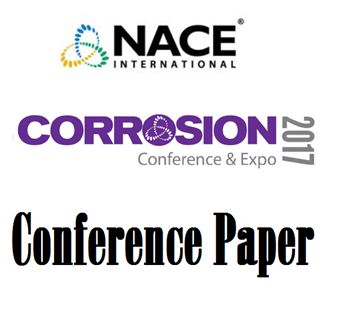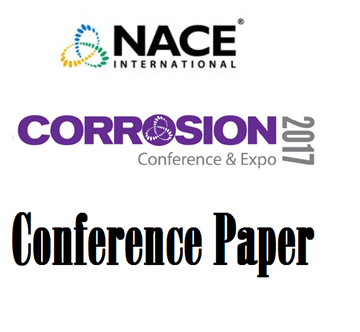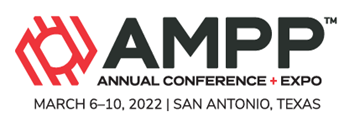Search
Individual Conference Papers
View as
Sort by
Display
per page
Integrating Empirical And Quantitative HTHA Assessment Approaches With Fitness-For-Service And State Of The Art Inspection Techniques For Risk Assessment And Continued Management Of Equipment In HTHA Service
Product Number:
51321-16782-SG
Publication Date:
2021
$20.00
Integrating Real Time Corrosion Measurements with Process Data Using Plantweb Insight
Product Number:
51321-16275-SG
Publication Date:
2021
$20.00
Integration of External Corrosion Direct Assessment with Integrity Management Software Application
Product Number:
51300-11129-SG
ISBN:
2011 11129 CP
Publication Date:
2011
$20.00
Integration of microstructure- mechanical with corrosion characterization of UNS S31603 material manufactured by Direct Energy Deposition
Product Number:
51323-19427-SG
Publication Date:
2023
$20.00
Integrity Assessment Case Studies of Time-Dependent Threats
Product Number:
51319-12928-SG
Publication Date:
2019
$20.00
Integrity evaluation of offshore wind structures utilizing complementary monitoring techniques
Product Number:
51323-19292-SG
Publication Date:
2023
$20.00
Integrity Evaluation of Seventy Years Old Veteran Pipeline
Product Number:
51317--8961-SG
ISBN:
8961 2017 CP
Publication Date:
2017
$20.00
Integrity Maintaining and Cost Saving Advanced CUI Detection Technique (PEC)
Product Number:
MPWT19-14242
Publication Date:
2019
$0.00
Integrity Management of Oil Wellheads and Flowlines Having Scaling
Product Number:
51317--9323-SG
ISBN:
9323 2017 CP
Publication Date:
2017
$20.00
Integrity Operating Window Development for Refinery Units and Implementation Through a Digital Platform
Product Number:
MPWT19-15288
Publication Date:
2019
$0.00
Intelligent Corrosion Prediction using Bayesian Belief Networks
Product Number:
51319-13372-SG
Publication Date:
2019
$20.00
Intellisyn™ - A New Class Of Multifunctional Smart Particles For Advanced Corrosion Protection
Product Number:
51322-17959-SG
Publication Date:
2022
$20.00












